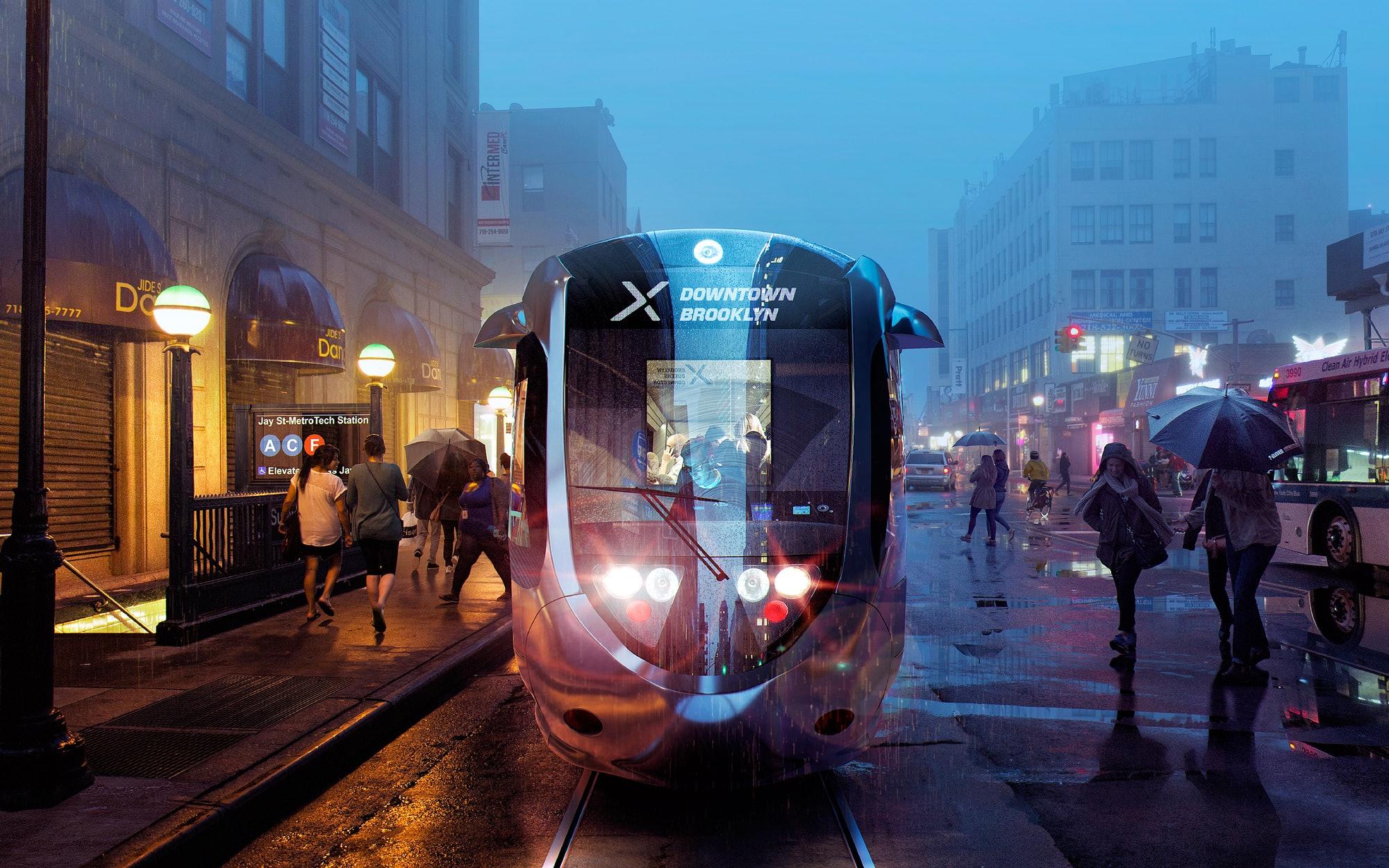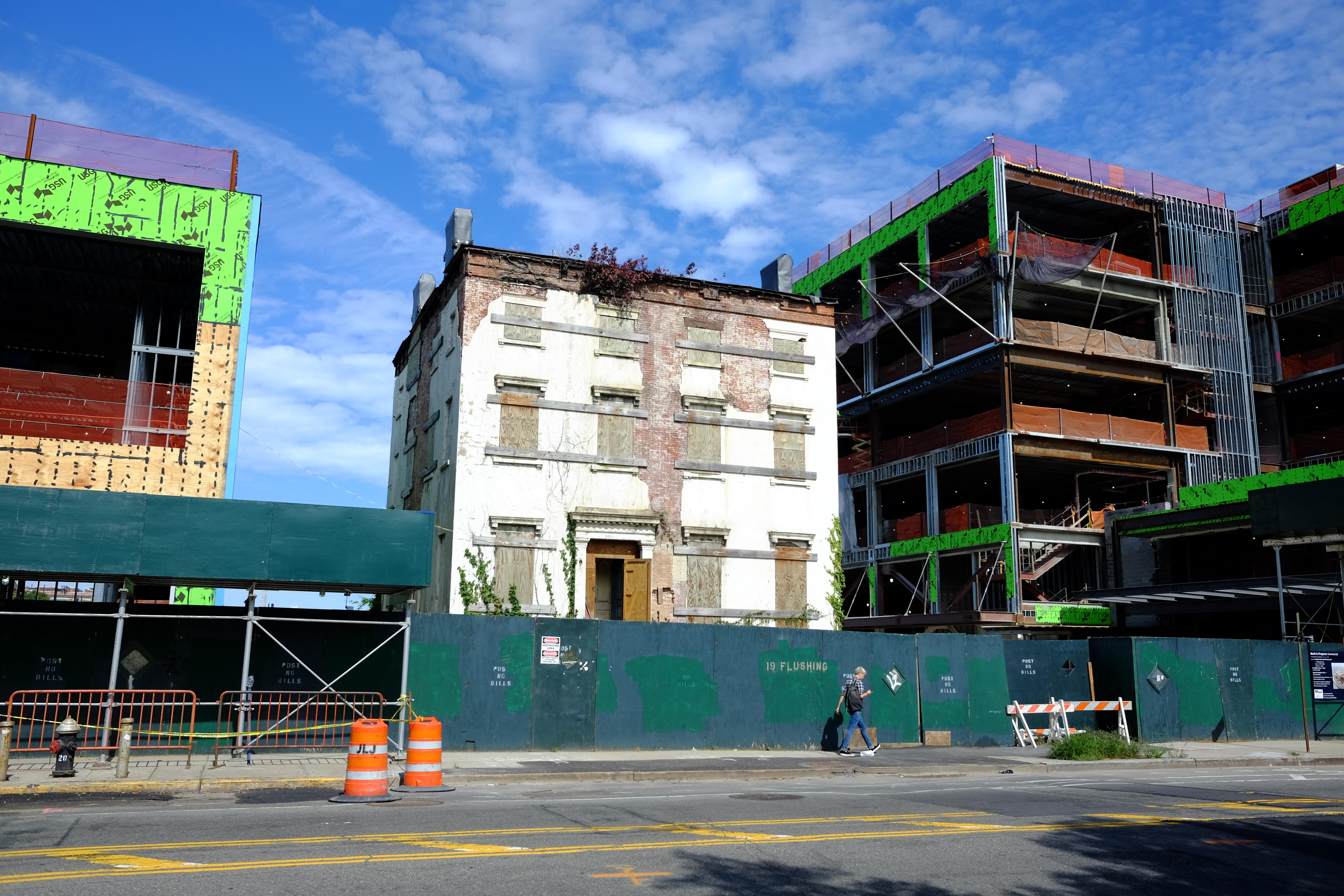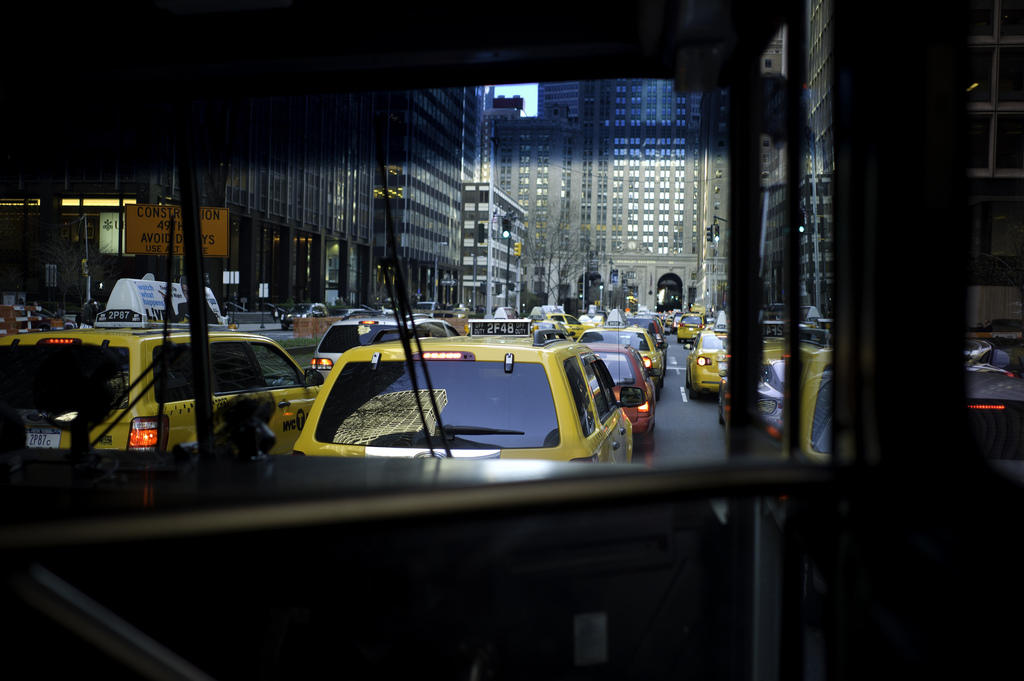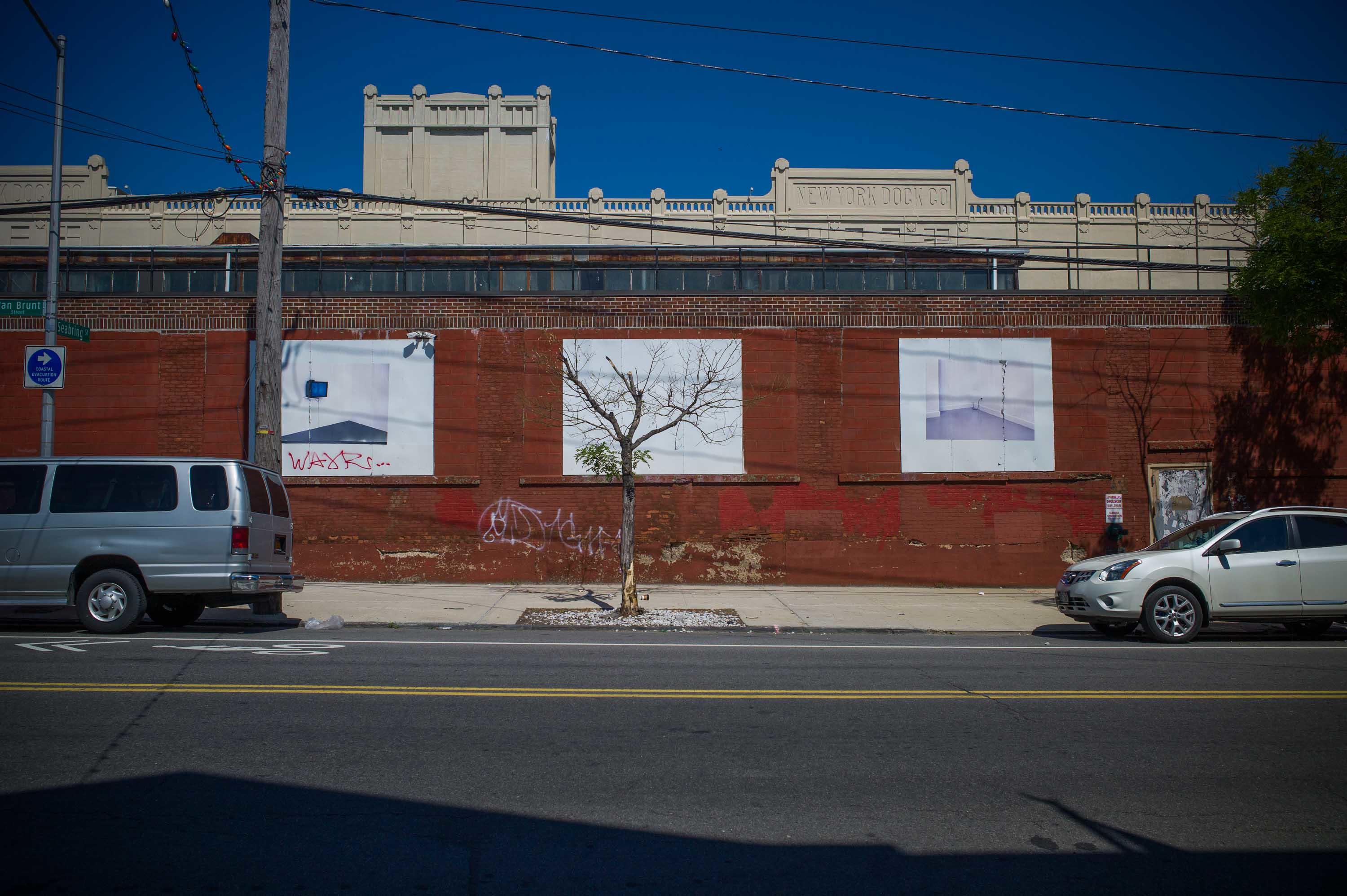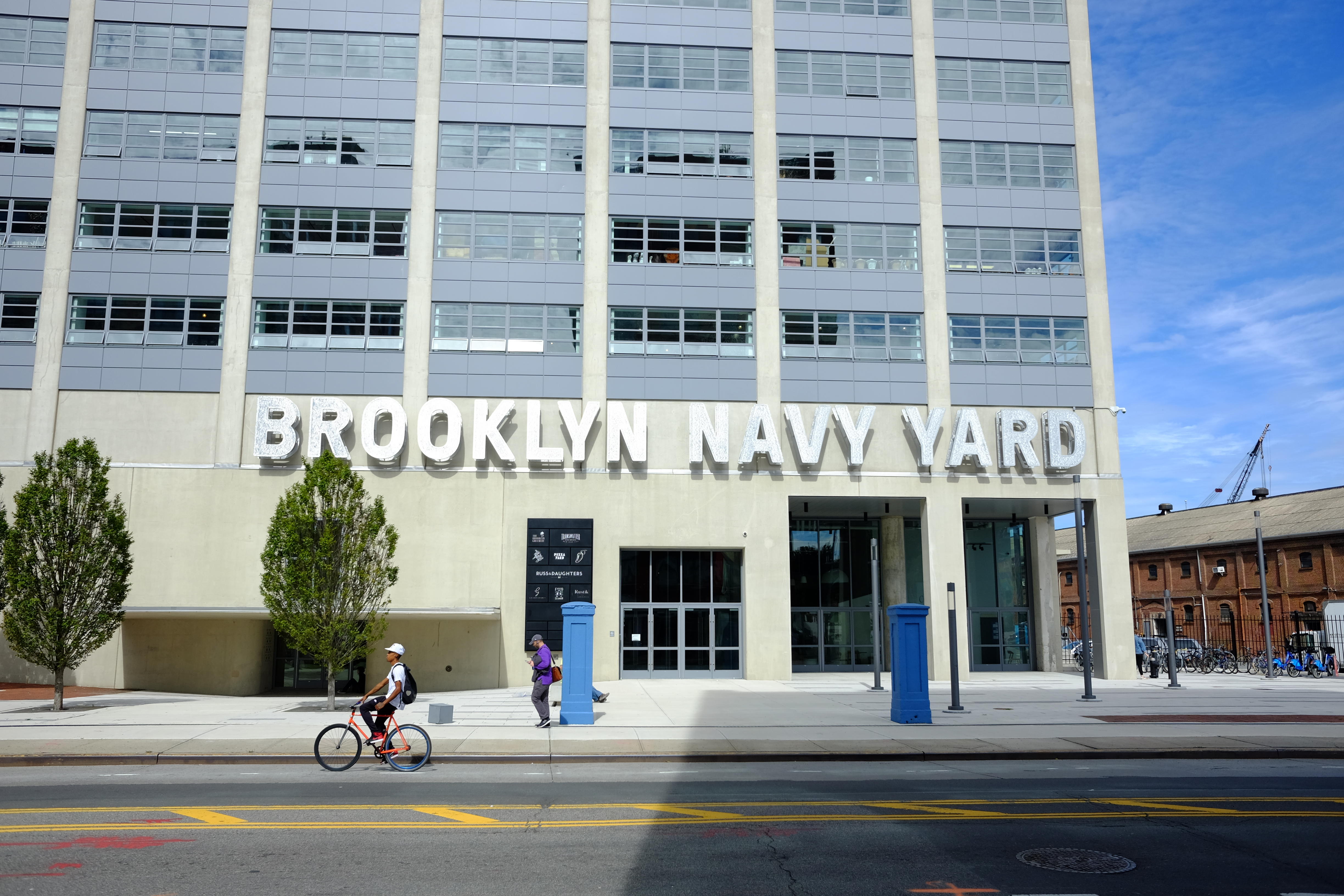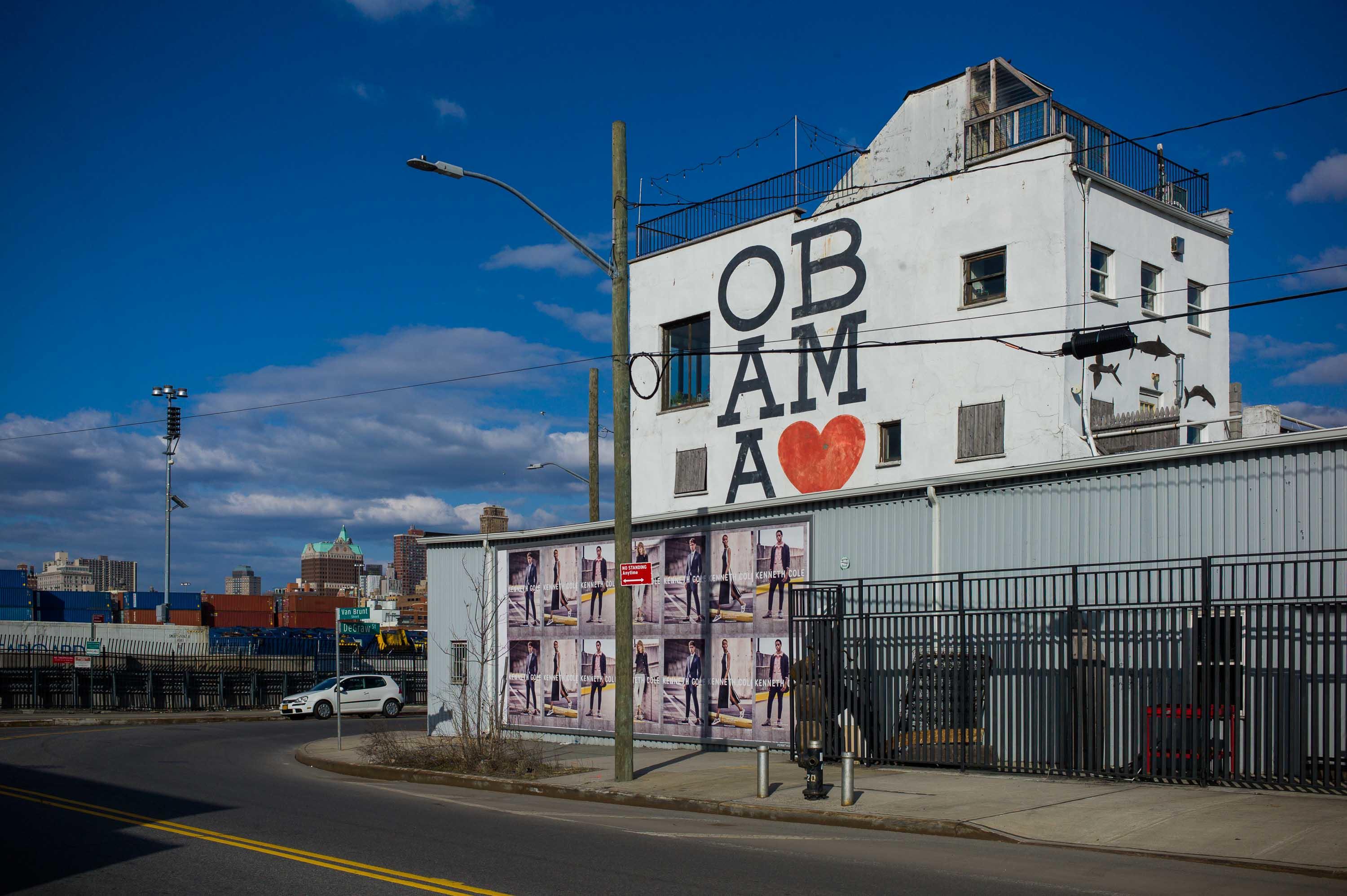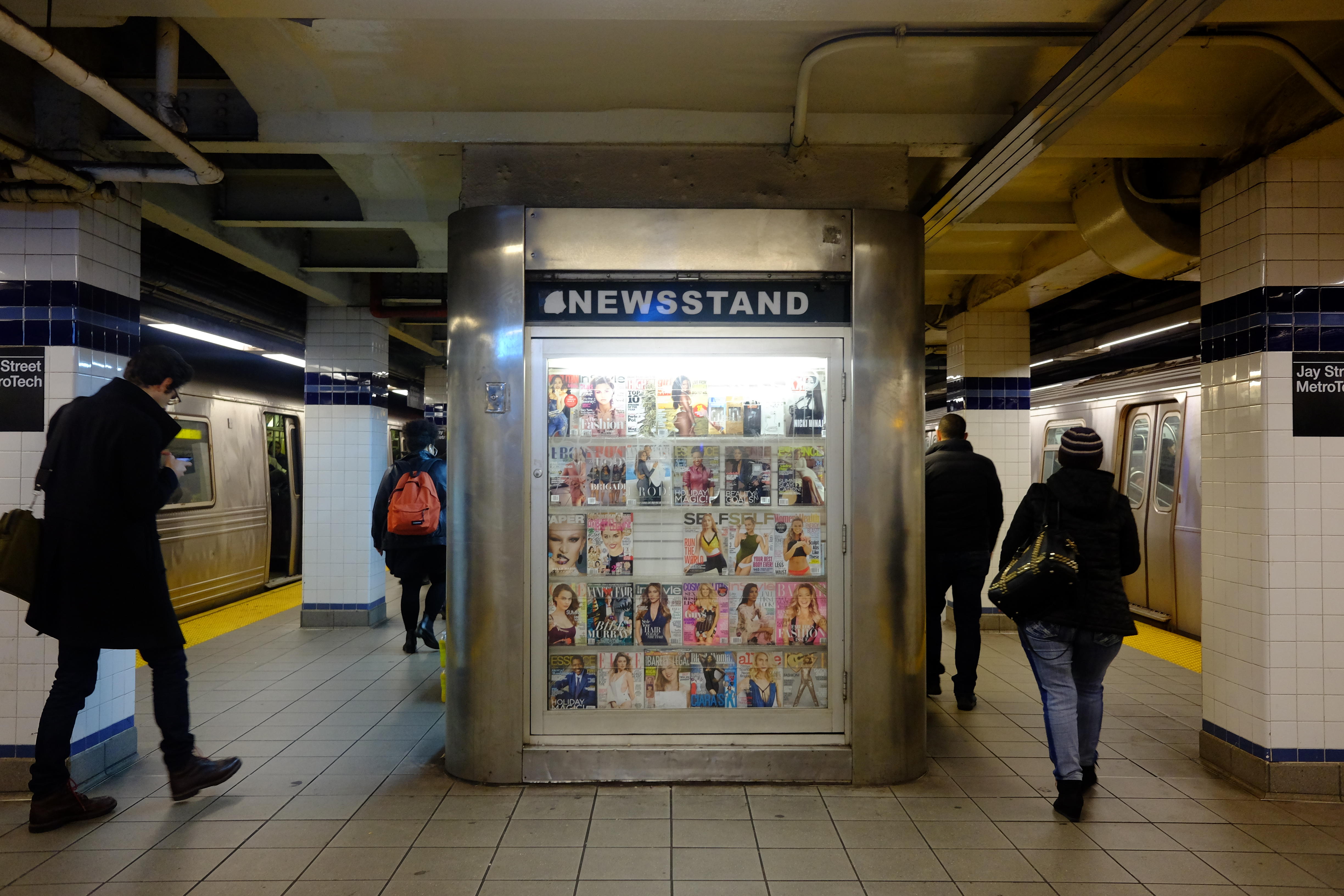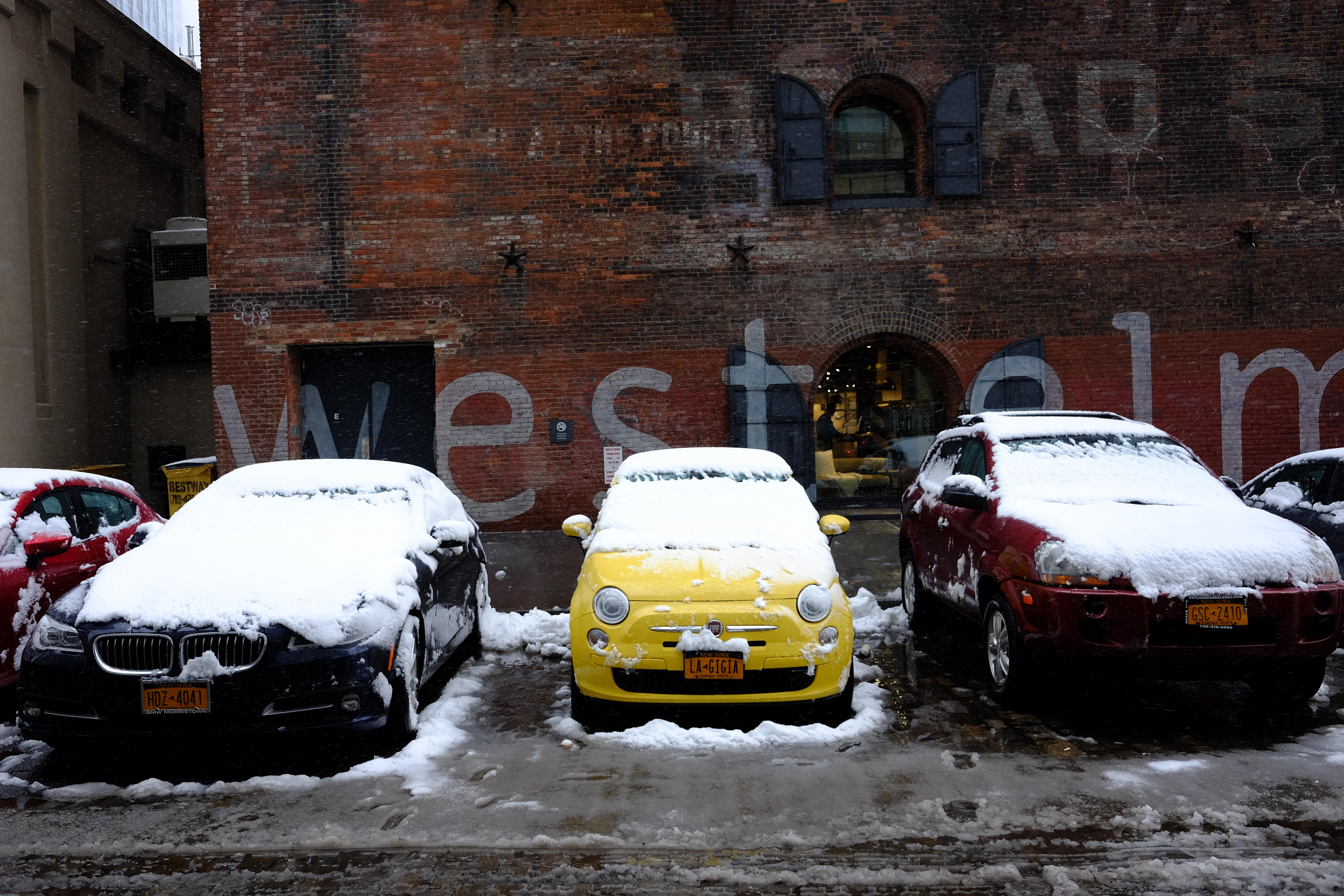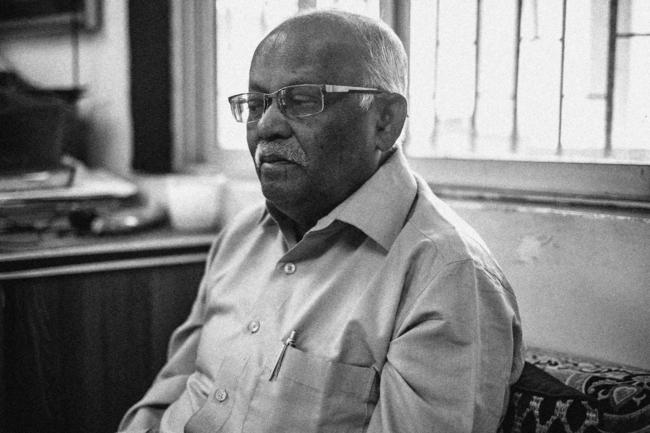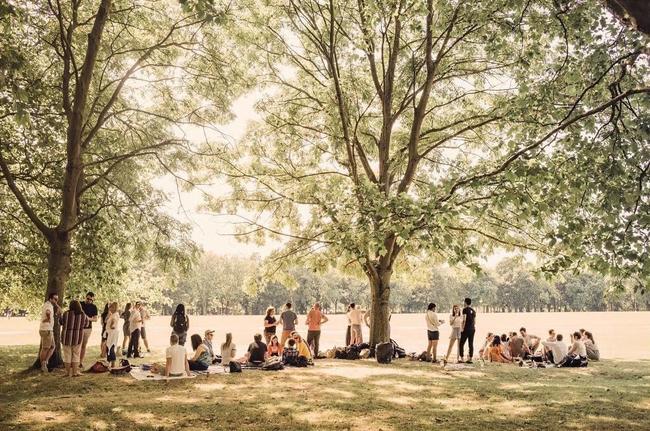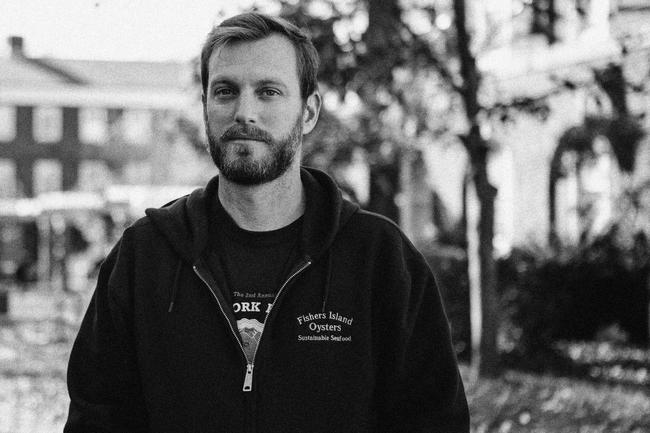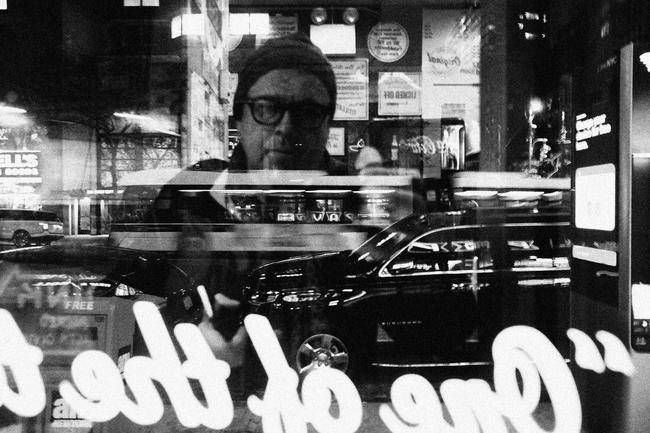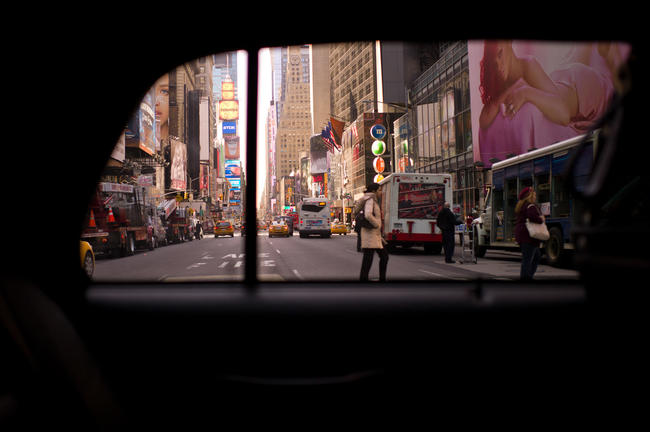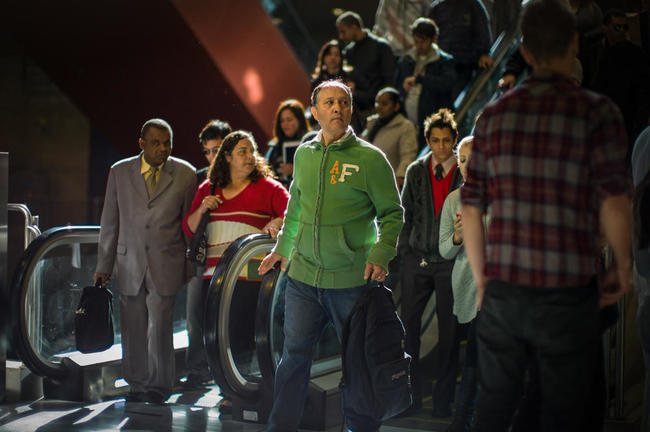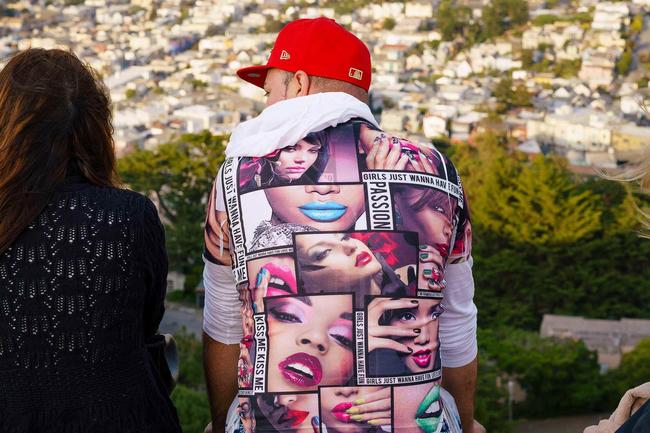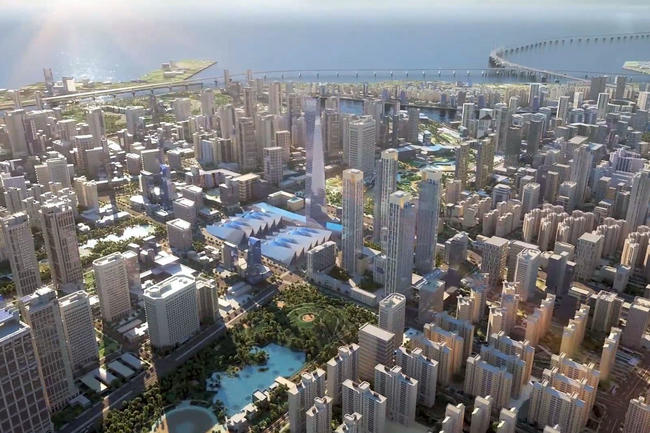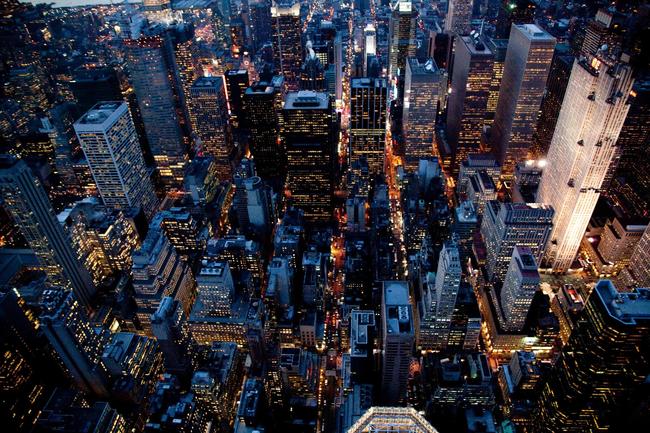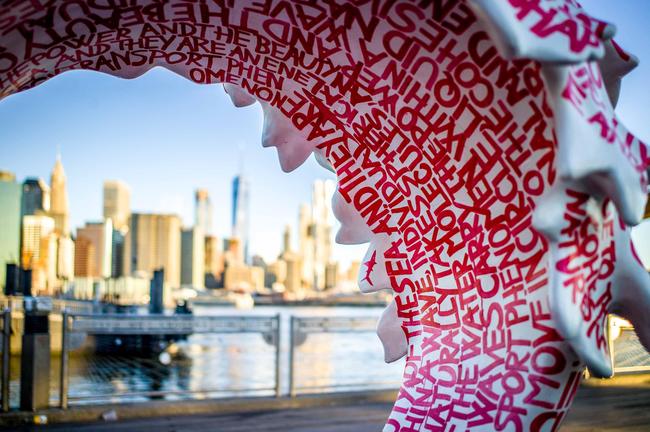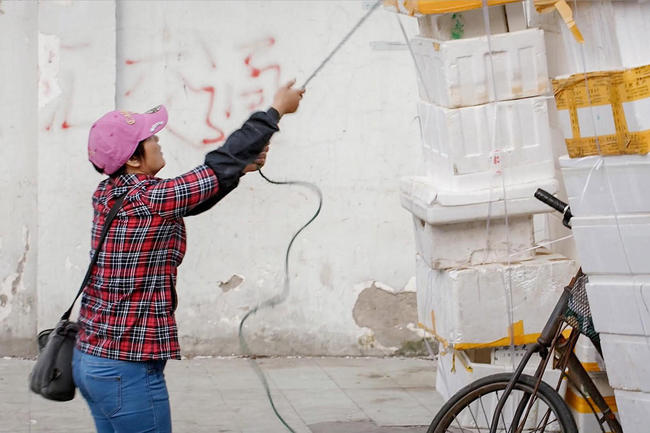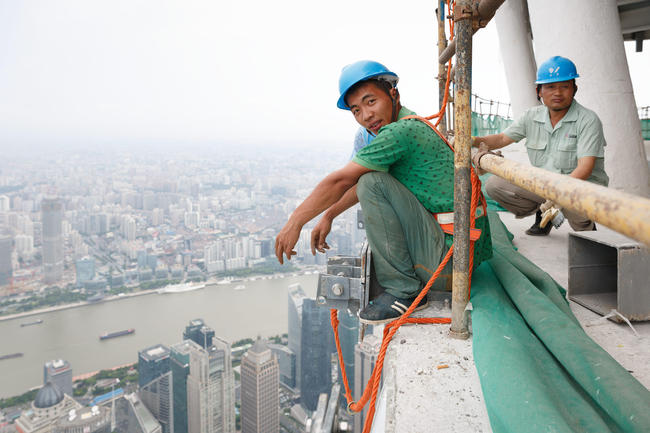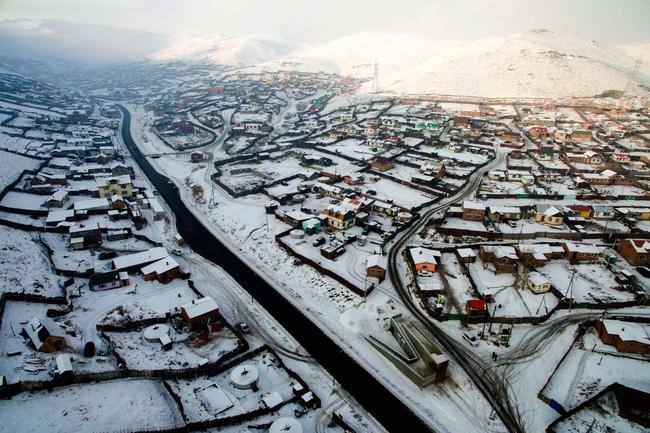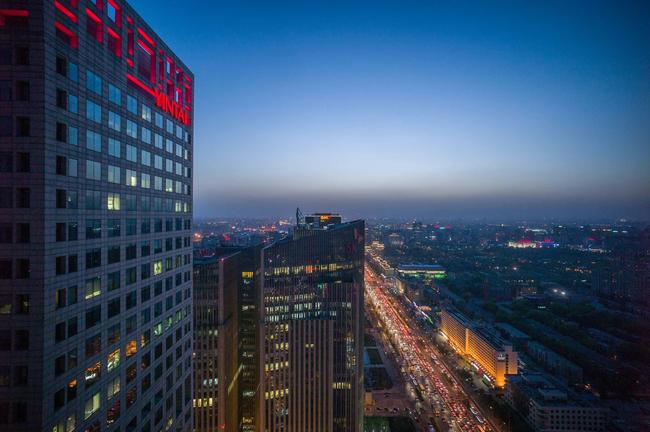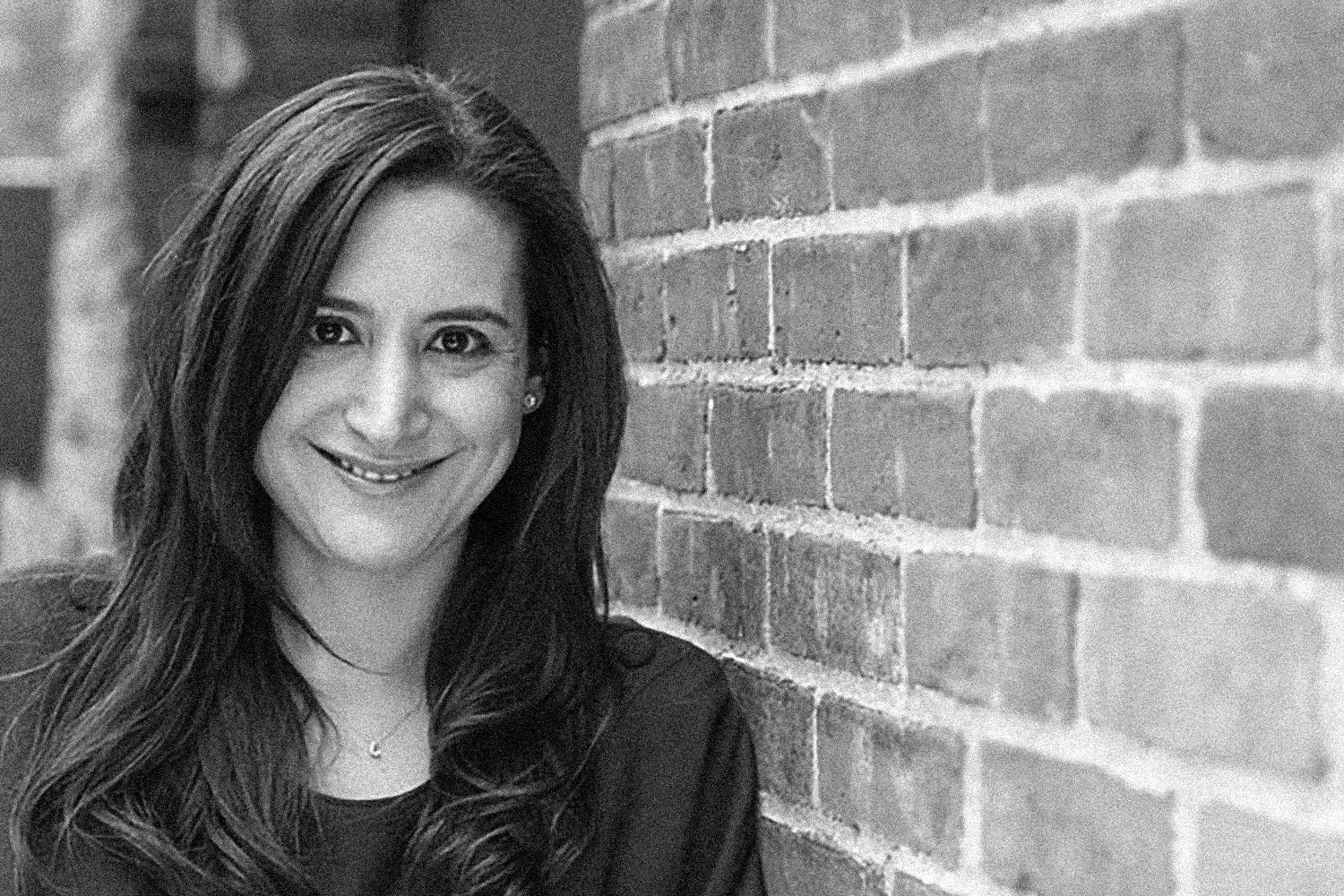
City spotlight on New York:
transit and the BQX streetcar
Continuing our city spotlight series on what sustains our cities globally, we’re focusing again on New York – and this time transport, a vital part of its lifeblood. Moving people around our metropolises is obviously key to their economies and important for social wellbeing and cohesive, connected communities. New York has been in a bit of a transit crisis, with a state of emergency declared last year.
We take a look at one vision for expanding mass transit in the city: the Brooklyn Queens Connector (BQX). It doesn’t solve the subway and bus problems. But this waterfront streetcar system will connect the north and south of New York’s most populous boroughs, and link hundreds of thousands of New Yorkers from different backgrounds to some of its fastest growing employment hubs.
Mayor de Blasio announced last month the city is officially moving forward with the BQX, more than two years after the project was first announced. Streetcars are not new for New York but the last one was decommissioned back in 1957 and this model appears to be a very different incarnation.
Photo credit: Friends of the BQX
As we move towards a future of self-driving cars, a streetcar may seem archaic. But self-driving cars are really separators, not connectors. And we are already in the midst of a digital age that simultaneously connects and isolates human beings. So a streetcar is an important public transit option that can allow a very diverse group of people to be exposed to one another. It is also a solution that takes polluting cars off the streets and away from its overburdened infrastructure.
We find out more about New York’s future light rail in our interview with Jessica Schumer, executive director at Friends of the BQX, an independent non-profit organisation and advocate. We talk about how this new mass transit will be sustainable and equitable and what it will mean for the many neighbourhoods it plans to connect.
Photo credit: Micheal McLaughlin
Streetcars are not new for New York City, though they’ve not been around since the 1950s. Over the decades, plans have surfaced to bring them back but have never become a reality. So why is now the right time? What’s different about the BQX that makes it realistic and timely?
We’re not talking about the kind of streetcar that gave the Brooklyn Dodgers its name; we’re talking about a very modern and innovative form of transportation that moves very quietly, accessibly and safely. And I think now is the right time for several reasons. First, we’ve seen tremendous growth along this corridor – the Brooklyn-Queens Waterfront. We’ve seen increases in population and jobs and there’s potential for many more jobs. But we won’t realise that full potential without adequate transit. Why this form of transportation makes sense is because we are not going to be building a lot more subway lines any time soon. We have to fix the current state of the transit we have with the MTA [Metropolitan Transportation Authority – responsible for the city’s public transport]. But that doesn’t mean we shouldn’t also keep our eyes to the future and think about how we can expand transportation, which as you know is the lifeblood of New York.
And this mode to move more people, we’re seeing it in other cities around the world. They are using this mode to fill in transit gaps, where ridership and job potential demands it. So I think this mode makes a lot of sense right now for this particular corridor and other ones around the city, of course.
Photo credit: Witold Riedel
Light rails haven’t been a unanimous success in all cities. So apart from timing and tech innovations that enable a more advanced model, what else would you say is key to a successful streetcar system?
A dedicated right of way makes it a lot more successful. There are some cities that haven’t done that and regretted it. And we were really encouraged when the city released its reports that the BQX would be a dedicated right of way almost the whole route. That allows it to move faster, pick up more people and more efficiently. It’s getting stuck behind cars that means a streetcar really won’t work as well as it’s supposed to. In terms of success, I would also add that it has to be integrated into the existing transit system – that’s why it’s more successful in places like Paris and Manchester.
There are always going to be issues with transportation and its infrastructure in cities with any history; whether it’s antiquated subway lines or bridges that need updating. But New York is actually in a transit crisis, isn’t it?
Having the governor declare a state of emergency with our transit system shows it’s not an opinion; it’s much closer to fact. And people’s everyday experiences bear that out. We’ve seen a decline in ridership, increases in delay, so the data backs this up. We are in a moment of crisis and we need to obviously focus on that. But in this moment it’s also important to keep our eyes to the future and how we can expand our transit systems.
The BQX is all about smart and sustainable urbanity, isn’t it? Keeping people moving around their city, enabling access for New Yorkers previously cut off from the right transit - these things are so important to a city’s physical and economic sustainability.
Yes, exactly.
Photo credit: Witold Riedel
The BQX is billed as being about moving people but also connecting communities. Obviously first and foremost, it’s a transit system. But tell me more about this focus on uniting different neighbourhoods and cityscapes, which is on both a physical and emotional level, really. What does linking all these waterfront neighbourhoods mean for New Yorkers?
Right now we have communities along the waterfront, some of whom are served by the subway, but a subway that runs in and out of Manhattan. So you’ll have communities that are under or over a mile apart and it takes forever to get between the barrier. But you also have citizens who don’t even have one subway lines close by and those places tend to see a disproportionate share of public housing residents. These were decisions made decades and decades ago. Back when the waterfront was undesirable, these were places where public housing was put; places like Red Hook and Astoria – and they were cut off from the rest of the city. So we talk about connecting communities and, really, better transit has the potential to be a game changer in terms of saving people time, helping to give them access to better paying jobs and a decrease in inequality. But it’s not just about jobs – it’s schools, parks, hospitals, restaurants. When you can’t get there you are cut off from them.
As you say, jobs are obviously one very important element for the prosperity of a city and its people but all these other elements, such as access to healthcare, recreation and also culture, are vital basic rights for all citizens.
Completely.
Photo credit: Witold Riedel
I was really interested in comments by Rohit Aggarwala [a former director of sustainability for the Bloomberg administration] about the geographic power of a streetcar. He said unlike a bus, it has a more geographical power in terms of physically and symbolically creating community where it previously didn’t exist. I thought that was a great way to look at it.
Yes, it is. What we are seeing is a new sign of New York forming, and it’s not just along the waterfront, it’s commercial, it’s residential, it’s job opportunities, like Brooklyn Navy Yard creating lots more jobs that would be hard to access. If people can’t get to them without a car or private shuttle or another barrier, people don’t have equal opportunities. And something like the BQX can tear down those barriers and make things more accessible and equitable.
So the BQX is about inclusivity: the potential to connect New Yorkers from different backgrounds with these growing employment hubs – such as Brooklyn Navy Yard and also Long Island City and Brooklyn Army Terminal. Would you say this project is more about transformation than gentrification? Cities obviously continually change, and usually there’s this sort of tumbling effect that includes gentrification. Good for some but bad for others. This project feels like it’s more about transformation.
We want to make sure we give people the tools to get better paying jobs, to have access to opportunities and I think transportation can be a really important tool in combating some of the problems that come with changes to neighbourhoods. Change is a fact of life in New York but it’s about how you make sure that change is at least benefiting more people and combating the negative externalities.
Photo credit: Micheal McLaughlin
So rather than inadvertently pushing more people out, this is about pulling more people in. And specifically, it’s also about taking advantage of the Brooklyn jobs boom.
Let’s talk about citizen engagement. It feels this has so far been an important part of the project coming together.
That’s one of the things we’re focused on here at the Friends of BQX: integrating and educating the community, engaging with communities, listening to communities about their concerns and helping to make sure this project is one that serves them first and foremost. Obviously, the project will have other wider benefits but we think this is a crucial part of making it a success. So that’s why we are out there, talking to everyone up and down the corridor, from new tech companies coming into the navy yard, to housing residents, students, workers and small businesses. It’s about trying to talk to everyone we can about the potential for this project and how to make sure they feel heard in what will be a process of engagement.
As you say, this process of engagement carries on until the moment first ground is hit and beyond, especially with a phased implementation planned.
One of the great things about our city is that everyone has opinions and is not shy about expressing them!
Photo credit: Witold Riedel
On opinions, the Friends describe the support for the BQX as a deep and diverse coalition of New Yorkers. But no large scheme is going to be without its detractors. Some people believe the BQX is not what the city needs: that things have changed on the self-financing front, that perhaps it’s not the most practical or economic mass transit solution. What is your response?
First of all, I don’t think anyone in this city would argue that we have an oversupply of transit at the moment. I think it’s the quite opposite – we have a lot more demand for transportation options. So first, I would put that out there. Second, I would look at what the city says [in its own mayoral study]: that the project will create $30 billion in economic value to the city over 40 years. That’s an extremely impressive return on investment for a $2.7 billion project. So coming up with what other funding options exist is not only doable but needs to be done. There are not many projects that would create this much value. So it’s important to look at that. That value translates to better paying jobs, higher incomes, more opportunities for small businesses – that’s what economic value means.
Looking at the route, it was recently announced the BQX will no longer run through DUMBO and has instead been rerouted through downtown Brooklyn. Why?
We knew this project was going to change as it moved forward in the process; it’s inevitable. So the decision by the city is one that we completely understand and is basically because the BQX would pass through more subway connections by going through downtown Brooklyn. There will be some people who will use the BQX to get somewhere else and others will use it just to get to the subway. So it needs to be integrated into existing transit, so we support the decision. But we look forward to hearing public comment on that.
Photo credit: Micheal McLaughlin
The last concern I would touch on is flooding. Clearly some of the neighbourhoods might be in a precarious flood zone. And this is a big issue in New York and elsewhere [Hurricane Sandy hit some of the BQX neighbourhoods hard]. How would you respond to these very real worries?
This is actually a really resilient way of expanding transportation. If you look at other cities that have this mode, it’s something that can survive and flourish in areas subjected to occasional flooding because as soon as the water recedes and cordons are off the road, you can have this back up and running as long as any actual vehicles are moved out of the way beforehand. If you look at somewhere like Houston, which went through Hurricane Harvey about a year ago, the light rail was back up and running within a day or so. And if you look at say Budapest, which uses this technology too, they’ve got the Danube, which floods sporadically. So this is actually a resilient way to expand mass transit, compared to the subway, where water remains for a period of time.
Back to the sustainability element and human connections. A streetcar is one way to take polluting cars off the streets. Building a streetcar for a future of self-driving cars might feel archaic to some. But self-driving cars are actually separators, not connectors. Cars separate people and self-driving vehicles even more so. So in that sense a streetcar is a public transit that can allow very different people to be exposed to each other.
Yes, and it’s also a much more efficient way to move people. You are talking about 50,000 people a day – cars can’t do that. And in New York, we have a lot of people to move around.
I don’t think it’s about who is driving the vehicle so much as how many people you can fit in. And in New York, space is at a premium.”
Photo credit: Micheal McLaughlin
How are the streetcars going to be powered?
The city’s report has visions for some sort of hybrid of both battery and overhead power but things are a few years away, so they can evolve rapidly.
As a Brooklyn native, raised in Park Slope and educated at New York public schools, how do you remember the Brooklyn of your childhood?
It’s changed a lot. Obviously I’ve seen many iterations of Brooklyn. I remember it being very difficult to get around and it’s still true today. I grew up in Park Slope and was raised there but have fond recollections of growing up. I went to high school in Manhattan and cabs wouldn’t go to Brooklyn back then but now things have changed a great deal. Brooklyn has gone through many versions of itself and will continue to change. This is one of the things that keeps the city of New York interesting.
You bring such an impressive background to this project. Before joining the Friends of the BQX, you were policy advisor for vice president candidate Tim Kaine and have also worked in economic policy at the Obama White House, among other things. What drew you to get involved in the BQX?
I think it was a desire to return home to be involved in projects that would have a real impact on my community and where I grew up. I wouldn’t be totally honest if didn’t say the [2016] election played some role. But I did have a desire to return to my roots and work on areas where I could have an impact, as my ability to do so at federal level was not an option.
Find out more about the BQX and the work of the Friends here

